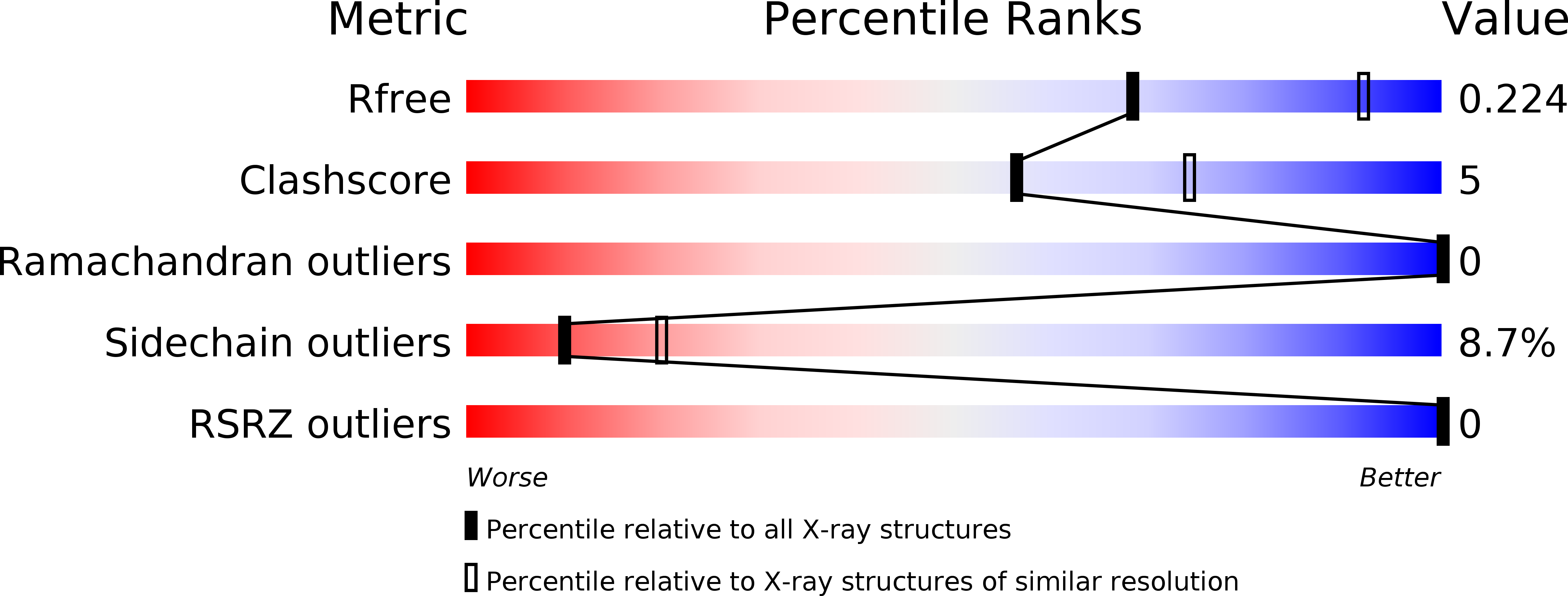
Deposition Date
2008-09-11
Release Date
2009-06-09
Last Version Date
2023-11-01
Method Details:
Experimental Method:
Resolution:
2.50 Å
R-Value Free:
0.23
R-Value Work:
0.19
R-Value Observed:
0.19
Space Group:
C 1 2 1


